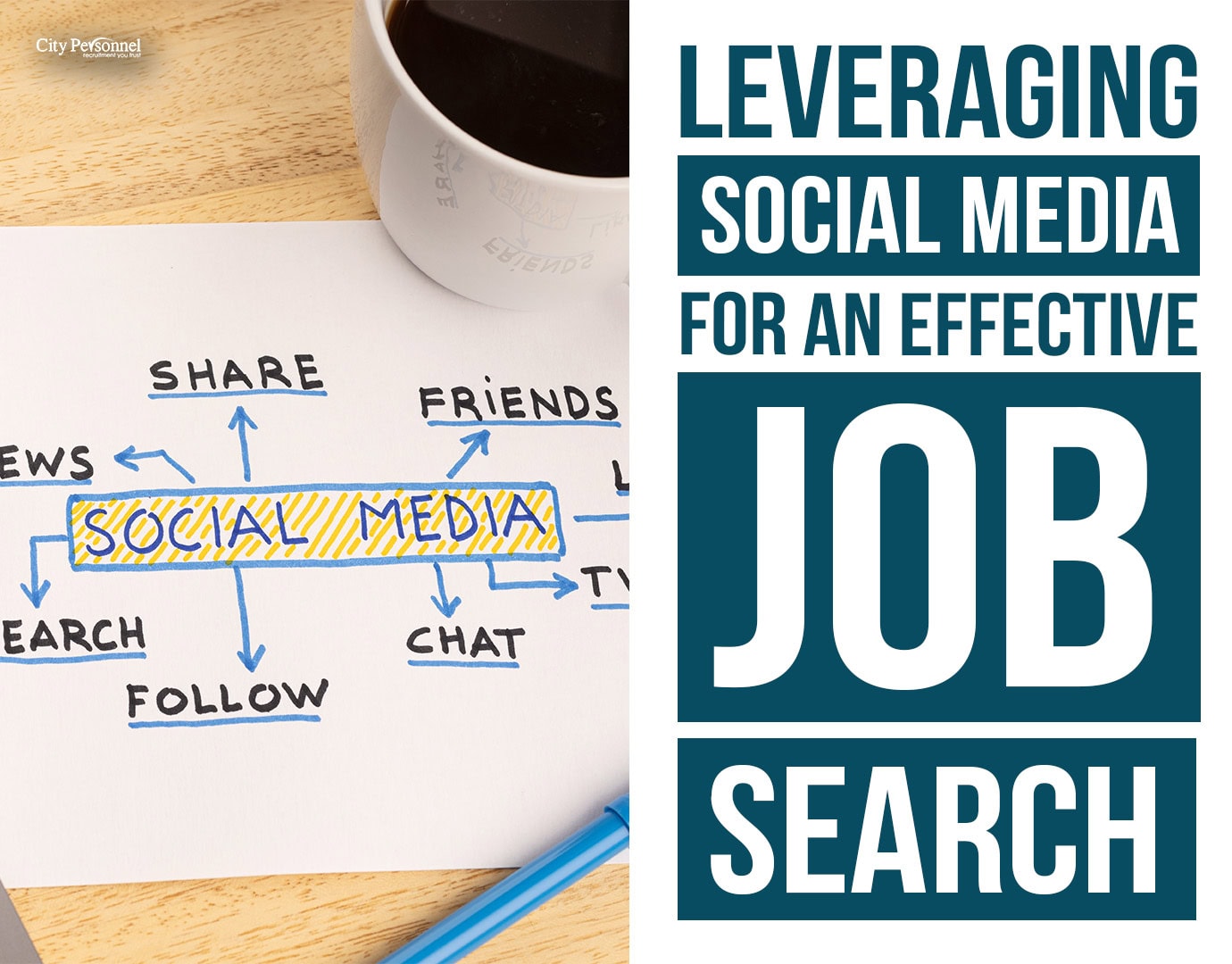The concept of gamification, though contemporary, has roots that trace back several years. For instance, Duolingo, the language-learning platform, incorporates elements such as points, levels, and rewards to motivate users and make the learning process more enjoyable. Similarly, fitness companies like Fitbit and Nike Run Club use gamification to encourage users to reach their health and fitness goals, making the process of tracking physical activity more engaging and fun.
However, in recent years, the potential of gamification in recruitment has also been recognized. By turning the job application process into a game, companies can attract more candidates, increase their employer brand visibility, and make the recruitment process more enjoyable for applicants.
Before we dive into the advantages and disadvantages of using gamification in recruitment, it’s important first to understand what gamification is, especially for those who might be new to this concept.
What is gamification?
Gamification is the application of game-design elements and game principles in non-game contexts. It’s a strategy used to engage and motivate people to achieve certain objectives by making tasks more interactive and enjoyable.
These game-design elements can include points, badges, leaderboards, progress bars, or rewards. They can also involve creating challenges or missions, fostering competition or collaboration, and providing feedback.
Gamification can be used in various sectors such as education, marketing, health and fitness, and even recruitment. The main goal is to increase user engagement, improve learning or performance, encourage loyalty, or promote certain behaviors.
What are the Benefits of Gamification in Recruitment?
Testing Industry Knowledge and Assessing Candidates
Gamification allows companies to assess a candidate’s knowledge of the industry in an interactive and engaging way. A game could be designed where candidates must solve problems or make decisions that are relevant to the industry or role they’re applying for, providing insights into their understanding of the industry, their problem-solving skills, and their ability to think on their feet.
Sourcing Candidates Better
Gamification can help attract a wider pool of candidates and encourage more people to apply. By making the application process more fun and engaging, it can project a company culture that’s enjoyable and innovative, thus attracting more potential employees.
Increasing Candidate Engagement
The goal of gamification is to make an activity more fun, focusing more on engaging and motivating individuals to take part or even introducing a viral element. It can make the recruitment process more interactive, leading to a higher level of candidate engagement.
Screening for Specific Skills
Gamification can also be used to screen candidates for specific skills. Games can be designed to test problem-solving abilities, creativity, or teamwork skills. This provides a more holistic view of a candidate’s abilities than traditional assessment methods.
Reducing Hiring Bias
Gamification can help reduce bias in the hiring process. Recruitment games can offer a neutral assessment of a candidate’s skills, apart from what’s on their resume or what they look like. This results in a truly blind assessment of a candidate’s capabilities.
Introducing Candidates to the Organization
Gamifying the interview process enables businesses to introduce candidates to their organization’s vision and values in a more engaging way. This can help candidates get a better sense of the company culture and expectations.
Reducing Time to Hire
Gamification can also help reduce the time to hire by making the recruitment process more efficient. By quickly assessing a candidate’s skills and fit for the role, companies can speed up the decision-making process.
Examples of Successful Gamification in Recruitment Strategies
One prime example of a company that has successfully implemented gamification in its hiring process is Google. Google hosts an annual coding competition called Code Jam. This competition involves multiple rounds of algorithmic puzzles, which participants must solve using code. The top contestants are invited to the World Finals, where they compete for the championship title and cash prizes. Beyond these rewards, the competition serves as a recruitment tool for Google, enabling them to identify talented coders who might make great additions to their team.
Another interesting example is the global insurance brand AXA Group. AXA has implemented gamification into its hiring process through a tool called Knack. Knack builds various games designed to measure the ‘knacks’ – or talents – that predict job performance. These games assess a range of qualities, from innovation and adaptability to attention to detail. AXA uses these games to identify potential employees who have the skills and characteristics they’re looking for.
The British intelligence and security organization, GCHQ, used a cryptographic challenge as a recruitment tool. They launched a complex code-breaking game online and invited the public to solve it. The aim was to attract individuals with natural problem-solving abilities and a talent for code-breaking, skills highly valued in intelligence work.
In the case of Formapost, a French mail services company, they developed a game called Facteur Academy (Postman Academy). After implementing this game into their recruitment process, they saw a significant decrease in turnover. Prior to using the game, around one-quarter of new hires left the company shortly after being hired, which cost Formapost extensively in recruiting and hiring budgets. The game helped them better assess candidates’ fit for the role before hiring.
These examples show that gamification can be a powerful tool in the recruitment process, helping companies attract talented individuals and better assess their fit for the role.
How to Implement Gamification in Your Recruitment Process
Select Appropriate Games Aligned with Your Goals
To implement gamification into your recruitment process, it is important to select the appropriate games aligned with your goals. Different games serve different purposes in the recruitment process, much like how diverse recruiting channels attract various types of candidates. Here are a few game examples and what skills they can help you evaluate:
- Quizzes – Assess knowledge on specific subjects
- Challenges – Evaluate technical skills and creativity
- Puzzles – Test problem-solving abilities
- Races – Measure speed and efficiency
- Maze – Gauge problem-solving and critical thinking skills
- Avatar-based – Analyze situational behavior (e.g., dealing with a difficult customer)
- Team-based – Examine communication skills and the ability to interact with others
Opt for Reliable and Valid Games
Successfully implementing gamification in recruitment heavily depends on selecting the right games. Here are some pointers to help you make an informed choice:
- Research-Based: Choose games underpinned by solid research to ensure the validity and accuracy of the results and interpretations.
- Trusted Vendors: Collaborate with vendors known for their reliability and success in the industry. They should be able to provide case studies or testimonials validating the effectiveness of their games in recruitment.
- Role-Specific: The game should be relevant to the role you’re hiring for. For example, a numerical agility game might be more suitable for a financial analyst role than a graphic designer.
- Engaging & Immersive: The chosen game should engage candidates and provide an immersive experience, leading to genuine effort and more accurate results.
- Cost-Effective: While it’s crucial to invest in reliable games, they need to be cost-effective. Evaluate the return on investment by comparing the costs against the improvements in the recruitment process.
Simplicity is Key
The main objective of using gamification in recruitment is to enhance candidate engagement and assessment, not to complicate the process. The games should be designed in a way that candidates can easily understand their objectives and mechanics. Any ambiguity might deter potential hires and give a wrong impression of the company. Focus on games that evaluate core competencies without unnecessary distractions. A simple design reduces the chances of technical issues, ensuring a smooth user experience.
Maintain Transparency
While gamification offers an innovative approach to evaluating potential hires, it’s important that candidates understand they are not merely participating in a game for entertainment. Be clear about the purpose of these games to build trust and encourage sincere participation. Explaining the objectives of the game and the skills being assessed shows respect for the candidate’s time and effort.
Moreover, being open about your processes not only dispels any potential concerns but also enhances your reputation in the job market. While the novelty of gamified processes can intrigue candidates, their purpose should always be clear. Transparency not only amplifies their effectiveness but also enriches the overall recruitment experience.
Evolve Your Strategy
Gamification in recruitment, while innovative and engaging, isn’t a static strategy. It demands continuous evolution to stay relevant in the dynamic talent acquisition landscape. A key factor in this evolution is feedback. Regularly seeking insights from candidates who have gone through the gamified process can provide valuable information on what’s working well and what areas need improvement.
Another crucial aspect is analytics, which can track the success of your gamified recruitment process. Metrics such as the number of candidates attracted, the quality of those candidates, and the time taken to fill roles can offer a comprehensive view of how effective your strategy is.
Staying abreast of the latest developments in gamification and recruitment is also important. With new games and technologies constantly being developed, they could present exciting potential for your recruitment process.
Benchmarking your gamified recruitment process against other companies, especially competitors in your industry, can help identify areas where your strategy could be enhanced. This comparison can spark innovation and improvement in your approach.
Lastly, training is vital. Ensuring those involved in the recruitment process are well-trained in using and interpreting the gamified elements can improve the effectiveness of the strategy. This can ensure that the information gained from the games is used optimally in decision-making, thus improving the overall success of your recruitment process.
Implementing gamification in your recruitment process can be a powerful way to attract and assess potential hires. By choosing the right games, keeping it simple, being transparent, and continuously evolving, you can create a recruitment process that is engaging, effective, and a true reflection of your organization.








